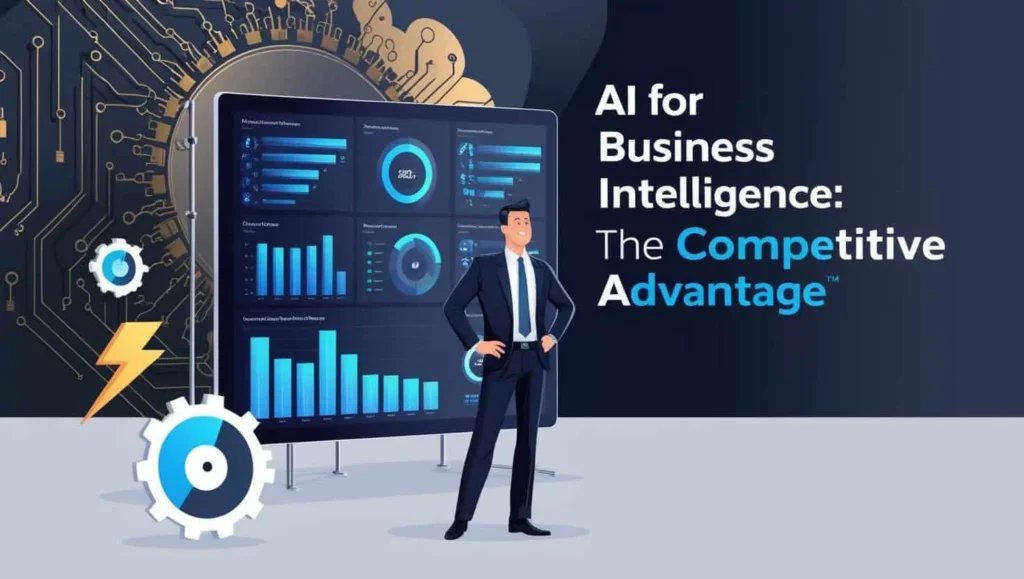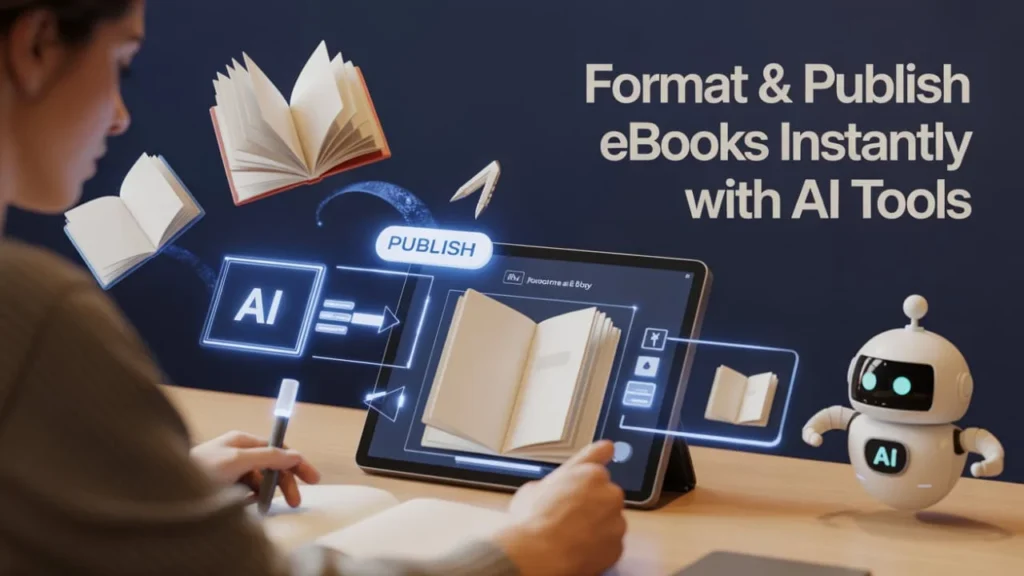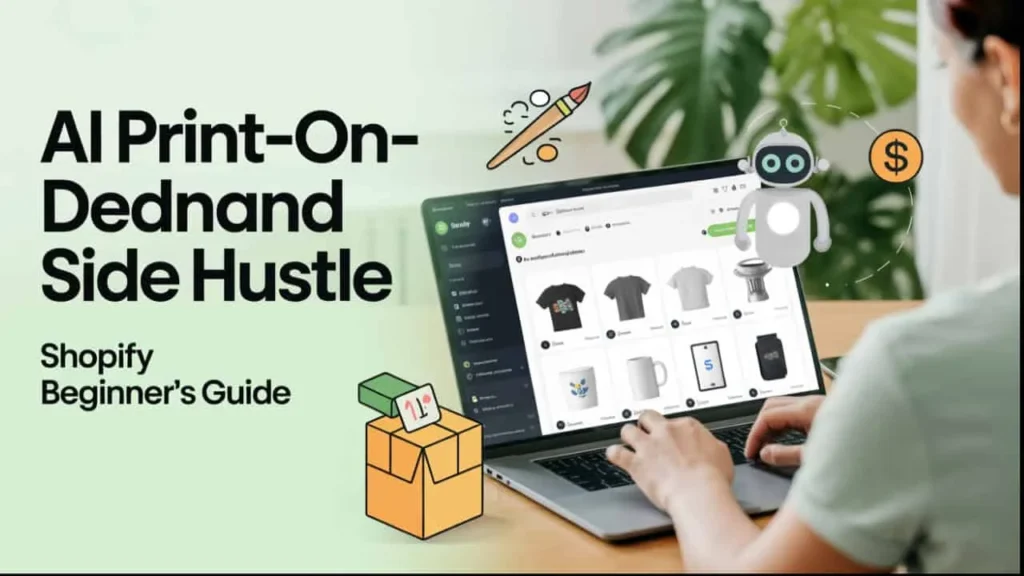Discover how AI for Business Intelligence is transforming decision-making, boosting efficiency, and giving companies a real competitive edge. Learn how to leverage data like never before.

AI for Business Intelligence
Perhaps you get jealous of your competitors, as what they are doing to gain an extra ground seems exceptionally intelligent. Predictions as early as some market shifts happen before they see that little spark at the start of their success. A good measure is that they have been slaving themselves on the exercise of business intelligence AI in their organizations. In case you’ve just printed one, fear not, for we shall take you through the actual how-to-dos and serious down-to-earth stuff for this revolutionary game-changer technology.
Use human-readable AI text to rephrase the following text above. This would also require lower perplexing burstiness features while preserving all the word count counts and HTML elements:
“It’s formed on data until October 2023.”
Let’s Start With a Story
A couple of years ago, I was consulting for a mid-sized retail company struggling with sales predictions, with the result that every quarter would either have them overstocking or understocking − a nightmare for profits and customer satisfaction. So, we integrated an AI-driven business intelligence tool that assimilated historical data, analyzed customer behavior, went through weather conditions, and even accounted for local events. Within one quarter, they achieved a whopping 37% improvement in forecasting accuracy. Not magic; that’s the power of AI for Business Intelligence.
What Is Ai For Business Intelligence, Anyway?
Before we proceed, let’s clarify the basics. Business Intelligence (BI) refers to the collection and analysis of data and the conversion into actionable insights. Dashboards, reports, and data visualizations are your tools for making sense of what’s happening in business.
However, traditional Business Intelligence comes with limitations. Relying on static data, analysis conducted by man, and manual systems are where AI comes to play in Business Intelligence.
AI Makes Business Intelligence Smarter
Looking into the future, that is when the intelligence factor in needs to be assumed. With AI, the software analyzes humongous data sets in real-time, uncovering patterns that the human mind might have a hard time believing. Thus, AI learns as it goes. This is similar to letting your business foresee the future — only, unlike the magic inside the crystal ball, it’s a guarantee in mathematics.
Key Benefits:
- Real-Time Decision-Making
- Predictive Analytics
- Automated Reporting
- Customer Behavior Forecasting
- Risk Identification and Mitigation
Let’s break a few of those down.
Predictive Analytics: Your Future Forecast Engine
Visualize what if every customer of yours could actually give an indicative reading of what they would want next month. Or foreseeing an issue regarding that chain. Or predictive analytics powered by AI indeed does all of this. On the basis of historical data, it provides forward-looking estimates with respect to trends, demand on the part of clientele, and the possible problems.
For example, Netflix uses Artificial Intelligence to recommend shows. In fact, all of this happens when it estimates how many servers will be needed during peak hours-another thing that AI-driven BI relates to.
Real-Time Dashboards That Think for You
Classic business intelligence hinges on reports. Weekly may be typical. Monthly is possible. But what if your dashboard were to give real-time updates about what mattered most?
By suggesting insights, flagging outliers, and recommending action, an AI-augmented dashboard is like having a data analyst whispering in your ear throughout the day.
Automation = Time + Money Saved
Who wants to curl up and die compiling sales reports for hours? Or go through spreadsheets to understand marketing return on investment? Enter AI. With automated reporting, you get clean, accurate insights at lightning-fast speed.
Even better, these systems learn. They adapt. The insights they give you become sharper, faster, and more fine-tuned to your needs over time.
But Isn’t AI Complicated?
It has been so good: Business tools are no longer for data scientists only. Tableau, with Einstein AI, Microsoft Power BI, or Looker with machine learning added into their offer, rapidly brings AI into Business Intelligence — even without the knowledge of Python.
Literally: Pulling and dropping to build predictive models. So easy!
Use Cases Across Industries
Let’s get specific. How is AI for Business Intelligence changing the game in different sectors?
Retail:
- Predict seasonal trends
- Personalize customer experiences
- Manage inventory with precision
Healthcare:
- Forecast patient inflow
- Optimize staff scheduling
- Detect insurance fraud
Finance:
- Analyze credit risks
- Detect suspicious transactions
- Automate financial reporting
SaaS:
- Track user behavior
- Predict churn
- Optimize product features
Every business has data. And AI helps you unlock its potential.
From Data Overload to Insight Clarity
To be frank, we are actually drowning in volumes of information: each click, every purchase, every single customer complaint just adds to the heaps
The question lies in whether you make use of that data or just let it lie like digital dust.
With Business Intelligence AI, data ceases to be mere odds and evens, it translates into a competitive advantage.
What About Ethics and Data Privacy?
True concern. Power comes with enhanced power; AI is of no exception – as it is clear to you. Keep in mind the compliance of your BI tools with regulations that are relevant to your localities, be it GDPR, CCPA or any other.
Always tell the users about the use of their data. It is important because trust is the base for long-term loyalty.
So, How Do You Start?
You don’t need to go full Iron Man overnight. Start simple:
- Define Clear Objectives – What do you want to improve? Sales? Customer retention?
- Clean Your Data – Garbage in, garbage out. Make sure your existing data is accurate.
- Choose the Right Tools – Start with one that integrates easily with your existing systems.
- Train Your Team – Even the best tool is useless if nobody knows how to use it.
- Monitor and Improve – BI with AI is a journey. Learn, adapt, evolve.
Personal Take: Why I Believe in This
From years back, I was dubious. AI looked like hype. Buzzwords. Tech smoke and mirrors. After working with clients from different industries, I can observe how it levels the playing field.
Small startups are gaining speed against legacy giants because they are flexible and smart with data. They use AI in Business Intelligence as a need, never a want.
When you treat your data like an asset and couple it with AI, that is where the magic happens.
Final Thoughts: Your Move
AI will not replace you; rather, anyone who can employ AI will replace you; this is the naked truth in the business world today. The faster you start utilizing AI for Business Intelligence in your processes, the faster you’ll gain insights that your competition cannot even see.
There’s no need for you to be a data scientist; merely being inquisitive, open to experimenting, and willing to try will do.
In the world of data, the smartest businesses are not only the companies that hoard data. The really smart ones use AI to make data talk.
So, what’s your next move?
Create & Sell AI‑Generated Art: Top Generator Tools
Create and sell stunning AI-Generated Art with top tools. Explore platforms that turn creativity into…
Spark Creative Ideas: AI‑Powered Brainstorming Platforms
Unlock endless creativity with AI-powered brainstorming platforms. Discover smart platforms to spark ideas faster and…
Format and Publish eBooks Instantly with AI Tools
Discover how to format and publish eBooks instantly using AI tools. Learn step-by-step, see real…
Sell AI‑Generated Code Templates as a Freelance Service
by Arham Khan, blogger and AI enthusiast Learn how to profit by selling AI‑Generated Code…
AI print‑on‑demand side hustle with Shopify: A Beginner’s Guide
Start your AI print‑on‑demand side hustle on Shopify today—learn step-by-step, see real examples, and scale…
AI Storyboard Sketch Tool for Filmmakers: Create Storyboards in Seconds
Discover how an AI storyboard sketch tool for filmmakers lets you draft professional boards in…






